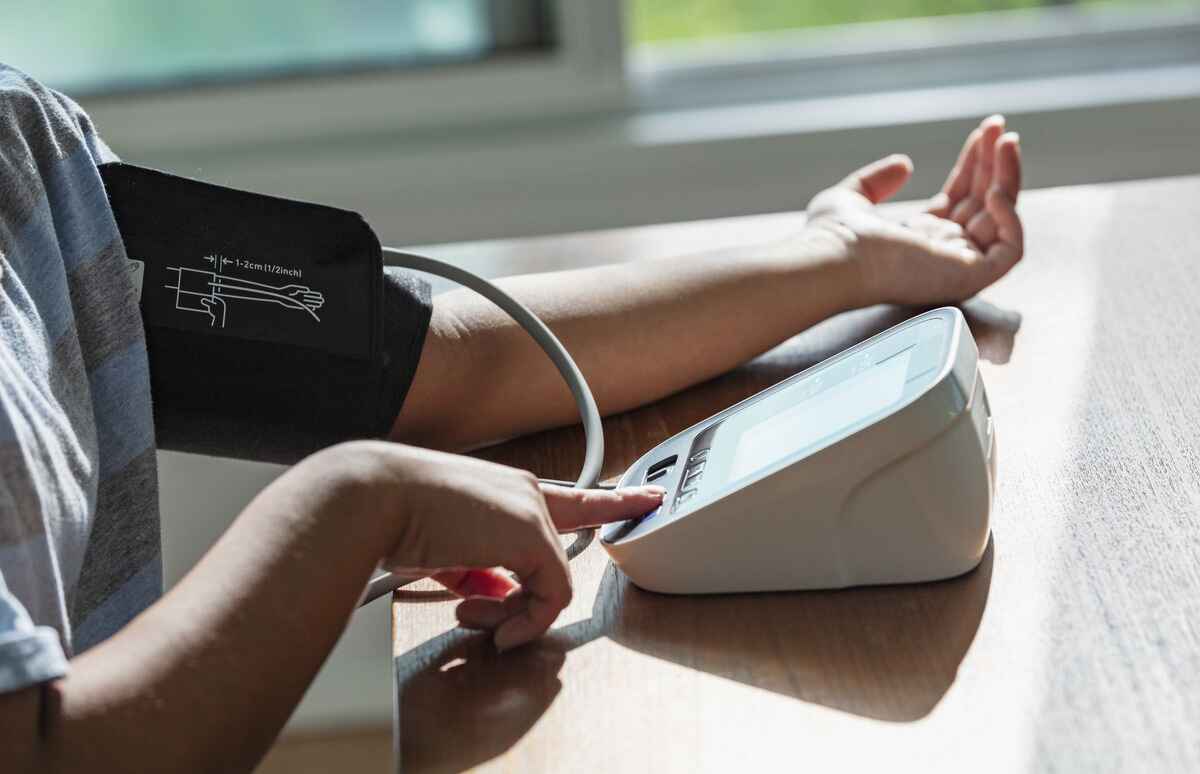
An injured runner cradles her knee.
Teen girls are more prone than boys to some of the most common sports-related injuries. These differences are credited, in general, to body function, hormones and bone density. Ankle sprains, knee injuries and stress fractures are among the more common sports-related injuries in girls. There are steps athletes can take to reduce their risk for such injuries.
“We want to see young women enjoy sports for the long-term,” says Corinna Franklin MD, orthopedic surgeon, Yale New Haven Children’s Hospital, and chief, pediatric Orthopedic Surgery at Yale School of Medicine, who specializes in pediatric and adolescent sports medicine. "Part of this includes incorporating some risk reduction strategies before an injury even occurs.” Dr. Franklin leads the Female+ Athlete Program at Yale New Haven Children's Hospital, the only one of its kind in Connecticut.
Finding the right sport for your kid
Sports are for everybody. You don’t need to be a natural athlete or headed for a scholarship to get value out of sports.
“Let children try a variety of sports in a safe environment,” said Dr. Franklin. “Look at the culture of the sport and see if it matches your kid’s values. I think trying at least one team sport is a valuable social experience.”
Cross train early
Limiting early sports specialization can be protective against injury.
“People assume specialization is required for excellence, but if you look at some of our best athletes, many of them were multisport athletes even as late as high school,” says Dr. Franklin, whose research includes sex differences in sports medicine as well as the biomechanics of sports injury and recovery.
Kaitlyn Kelleher Biggs, athletic trainer, Yale School of Medicine, who works closely with Dr. Franklin supports this advice. “Research has shown that there is true benefit to occasionally changing the type of training as well as switching from light to heavy activity levels.”
Ms. Biggs explains that a swimmer can use an elliptical to help keep their cardio up just like a field hockey player can use yoga or Pilates to maintain their flexibility.
Female athletes are prone to these common sports injuries
Injury to the anterior cruciate ligament (ACL) is one of those injuries that, after puberty, disproportionately impacts female athletes. The risk of an ACL tear is two to six times greater in girls than boys.
The risk comes from many factors, including muscle imbalance in the thighs. Girls’ quadriceps can overpower their hamstrings, which puts pressure on the knee. Strengthening the hamstrings and learning how put the knee directly over the foot can be protective.
Additionally, female high school athletes experience concussions at rates nearly twice as high as males in comparable sports. While researchers are still trying to understand why this is the case, knowing how to spot a concussion and prevention strategies are key to reducing damage.
Training limits
A 12 year old cannot train the way a 25 year old can. A good rule of thumb, according to Dr. Franklin is that a child’s age should equal the number of hours spent training each week. For example, if a child is 12 years old, around 12 hours of training a week is a good ballpark number to keep in mind.
Make the best of summer break
Summer is a great opportunity to work on skills and train muscles that don’t get as much attention during the rest of the year.
Additionally, returning from any period of inactivity could increase the risk of injuries and lower performance. “Anyone returning from a break or vacation should start slow and light in their training and work their way to increasing levels of exercise as they feel they can,” says Ms. Biggs.
Leave heroics to the professionals
“We're really used to heroics in sports,” said Dr. Franklin. “Watching Kerri Strug land that jump on a broken ankle or Curt Schilling pitch with a bloody sock or Patrick Mahomes play on a clear sprain are examples of professional athletes at the peak of their careers — not what you should expect of yourself or your child.”
Dr. Franklin advises asking yourself: Is this game worth risking a really serious injury to get through? If you're in the Olympics, the answer is probably yes. If you're in the middle of your sophomore season, the answer is probably no.
Taking measures to reduce injury risk can help kids, especially girls, continue to reap the rewards of playing sports long after graduation.




